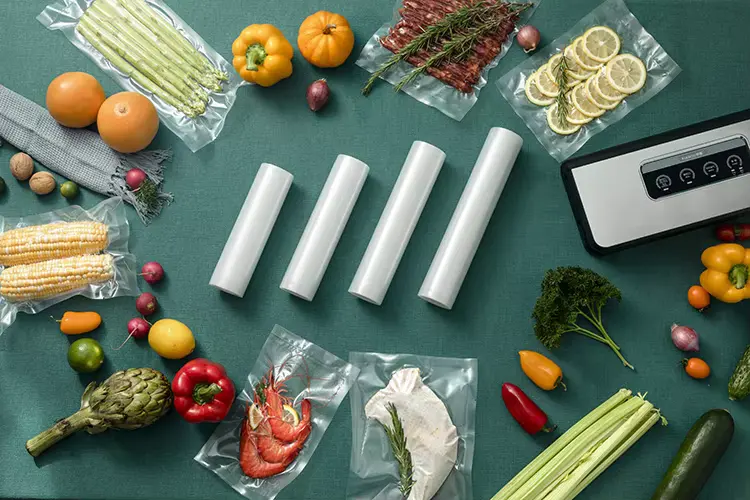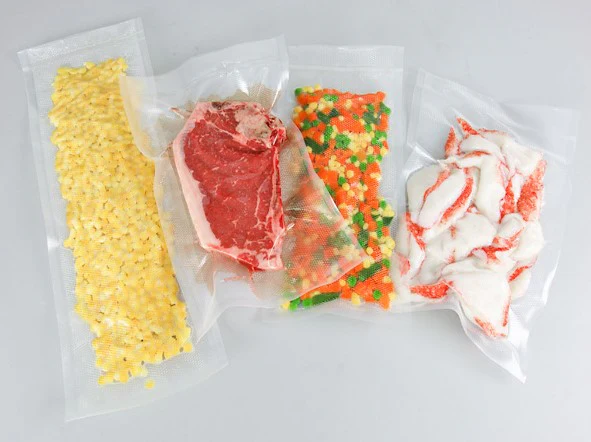Shipping frozen food requires careful planning and execution to ensure that products arrive in optimal condition. Whether you are a business owner looking to send perishable items or an individual sending a special meal, understanding the best practices for shipping frozen food is crucial.
Why Proper Shipping is Essential
Shipping frozen food presents unique challenges due to the need to maintain low temperatures throughout the transit process. If food thaws during shipping, it can compromise both the quality and safety of the product. Spoilage can lead to unpleasant textures and flavors, and improperly handled frozen food can pose foodborne illness risks. Thus, proper shipping methods are essential to preserve the integrity of the food and protect it from temperature fluctuations.

Steps for Shipping Frozen Food
1. Select Appropriate Packaging
Choosing the right packaging is crucial for maintaining the cold chain during transit. Here are some options to consider:
- Insulated Containers: Use Styrofoam boxes or thermal liners to help keep the cold in. These materials provide excellent insulation against temperature changes during shipping, ensuring that the frozen food stays at the required temperature.
- Freezer Bags: For individual items, heavy-duty freezer bags can help prevent freezer burn and moisture loss. These bags are designed to withstand low temperatures and minimize air exposure.
- Sealed Packaging: Ensure that all food items are vacuum-sealed or tightly wrapped. Vacuum sealing removes air from the packaging, which is crucial in preventing thawing and maintaining the food’s quality.

2. Use Effective Cooling Methods
To maintain frozen temperatures during shipping, consider using dry ice or gel packs:
- Dry Ice: This is a popular choice for shipping frozen foods as it keeps items at sub-zero temperatures. Dry ice can last longer than traditional ice and is highly effective for longer shipping durations. However, it must be handled with care due to its extreme cold and potential to release carbon dioxide gas, which can be hazardous in enclosed spaces. Ensure proper ventilation and follow shipping regulations regarding dry ice.
- Gel Packs: These are another option for keeping items cold. Gel packs can be frozen before packing and placed within the insulated container. While gel packs may not achieve the same low temperatures as dry ice, they are easier to handle and less hazardous. They are suitable for shorter shipping durations or when shipping items that do not require ultra-low temperatures.
3. Label Your Package
Clear labeling is critical when shipping frozen food. Use bold labels that indicate the contents are perishable and must be kept frozen. Some important labels to consider include:
- Perishable: Clearly state that the contents are perishable to alert handlers and recipients.
- Keep Frozen: Include instructions for keeping the package frozen during transit.
- Handling Instructions: If using dry ice, include handling instructions and warnings to ensure that everyone involved in the shipping process is aware of the potential hazards.
4. Choose the Right Shipping Method
Selecting an appropriate shipping method can significantly impact the success of your frozen food shipment:
- Express Shipping: Opt for shipping services that offer express delivery options. This minimizes transit time and reduces the risk of thawing. Many carriers offer same-day or next-day delivery services that are ideal for perishable items.
- Same-Day or Next-Day Delivery: If possible, choose same-day or next-day delivery to ensure that the food remains frozen throughout the shipping process.
5. Timing is Key
Plan your shipment carefully to maximize the chances of successful delivery:
- Ship Early in the Week: Aim to ship your frozen food on Mondays or Tuesdays. This timing helps ensure that your package does not sit in a warehouse over the weekend, which could compromise its temperature.
- Monitor Weather Conditions: Before shipping, check the weather conditions at both the origin and destination. Extreme heat can pose significant risks to frozen food shipments. If necessary, delay shipping until temperatures are more favorable.
Additional Tips for Successful Shipping
- Keep Track of Delivery: Use tracking services to monitor your shipment’s progress. This allows you to stay informed and address any potential issues promptly.
- Educate Recipients: If you are shipping to someone else, provide instructions for handling the package upon arrival. Advise them to refrigerate or refreeze items as soon as possible to maintain quality.
- Use a Reliable Shipping Company: Partner with a shipping company that has experience in handling perishable goods. They are more likely to have protocols in place for temperature-sensitive shipments.
Conclusion
Shipping frozen food can be straightforward when you follow the right steps and take precautions to maintain the cold chain. By choosing appropriate packaging, utilizing dry ice or gel packs, labeling your packages correctly, and selecting the best shipping method, you can ensure that your frozen food arrives safely and in excellent condition.
For high-quality packaging solutions to keep your frozen food secure during transit, consider reaching out to Colorful Packaging. We offer a variety of packaging options tailored for perishable goods, ensuring your products remain fresh and protected.
-1024x347.png)


